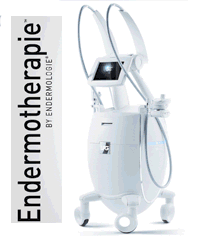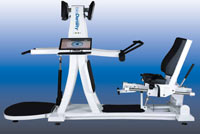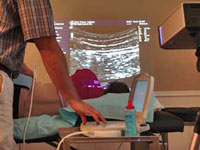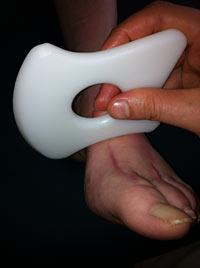Joint Pain
Are you getting the right treatment for joint pain? It is critical that you seek out the best treatment after knee injury or with osteoarthritis. You may be able to avoid surgery. And if you have had surgery, then you definitely need rehabilitation. There is always going to be micro-scarring of the soft tissue adjacent to the injury / painful joint. Much of the time the pain sensitivity is being amplified by the myofacial component and in turn the circulation component. Knee pain is effectively treated with the AlterG anti-gravity treadmill and integrative manual therapy techniques.
WebMD says: "Many different conditions can lead to painful joints, including osteoarthritis, rheumatoid arthritis, bursitis, gout, strains, sprains, and other injuries. Joint pain is extremely common. In one national survey, about one-third of adults reported having joint pain within the past 30 days. Knee pain was the most common complaint, followed by shoulder and hip pain, but joint pain can affect any part of your body, from your ankles to your shoulders. As you get older, painful joints become increasingly more common".
Exercise helps ease arthritis pain and stiffness As you consider starting an arthritis exercise program, understand what's within your limits and what level of exercise is likely to give you results. By Mayo Clinic staff Exercise is crucial for people with arthritis. It increases strength and flexibility, reduces joint pain, and helps combat fatigue. Of course, when stiff and painful joints are already bogging you down, the thought of walking around the block or swimming a few laps might make you cringe. You don't need to run a marathon or swim the pace of an Olympic competitor to help reduce the symptoms of your arthritis. Even moderate exercise can ease your pain and help you maintain a healthy weight. When arthritis threatens to immobilize you, exercise keeps you moving. Not convinced? Read on. Why exercise is vital Exercise can help you improve your health and fitness without hurting your joints. Along with your current treatment program, exercise can: Strengthen the muscles around your joints Help you maintain bone strength Give you more strength and energy to get through the day Make it easier to get a good night's sleep Help you control your weight Make you feel better about yourself and improve your sense of well-being Though you might think exercise will aggravate your joint pain and stiffness, that's not the case. Lack of exercise actually can make your joints even more painful and stiff. That's because keeping your muscles and surrounding tissue strong is crucial to maintaining support for your bones. Not exercising weakens those supporting muscles, creating more stress on your joints.
Don't settle for therapy by a local college student who has only on the job training. At Pain Solutions, you will see a therapist every visit!
Call 801-310-0851 now
....to set an appointment with Dr. Knudsen.
![]()
![]()
![]()
![]()
Provo Physical Therapy Clinic



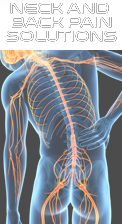
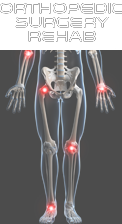
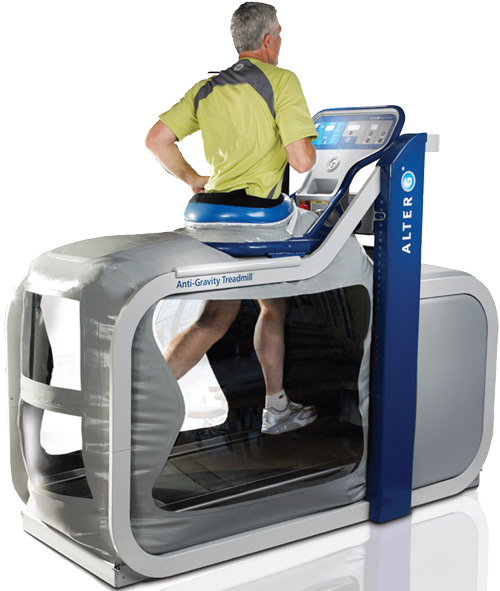
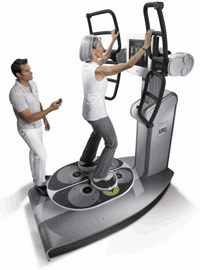
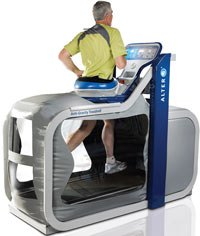 Alter G Anti-Gravity Treadmill
Alter G Anti-Gravity Treadmill